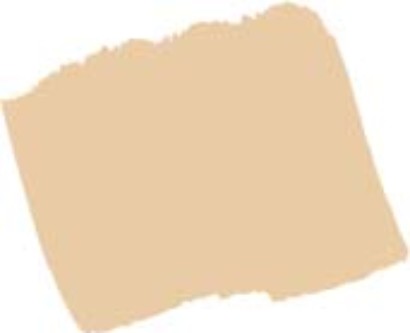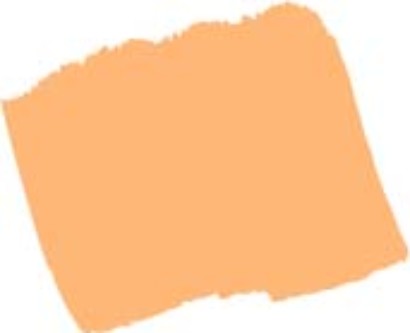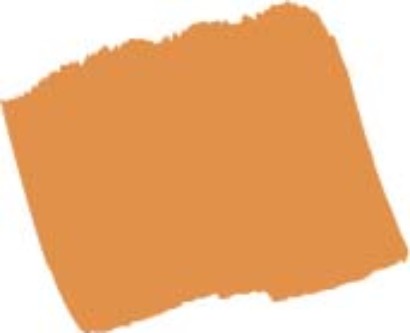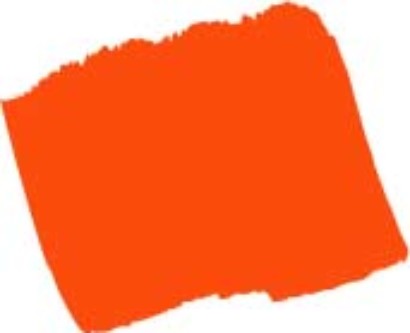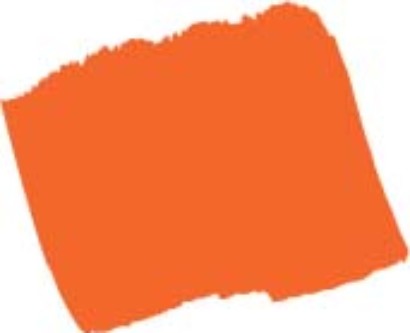Recherche


Please rotate your device
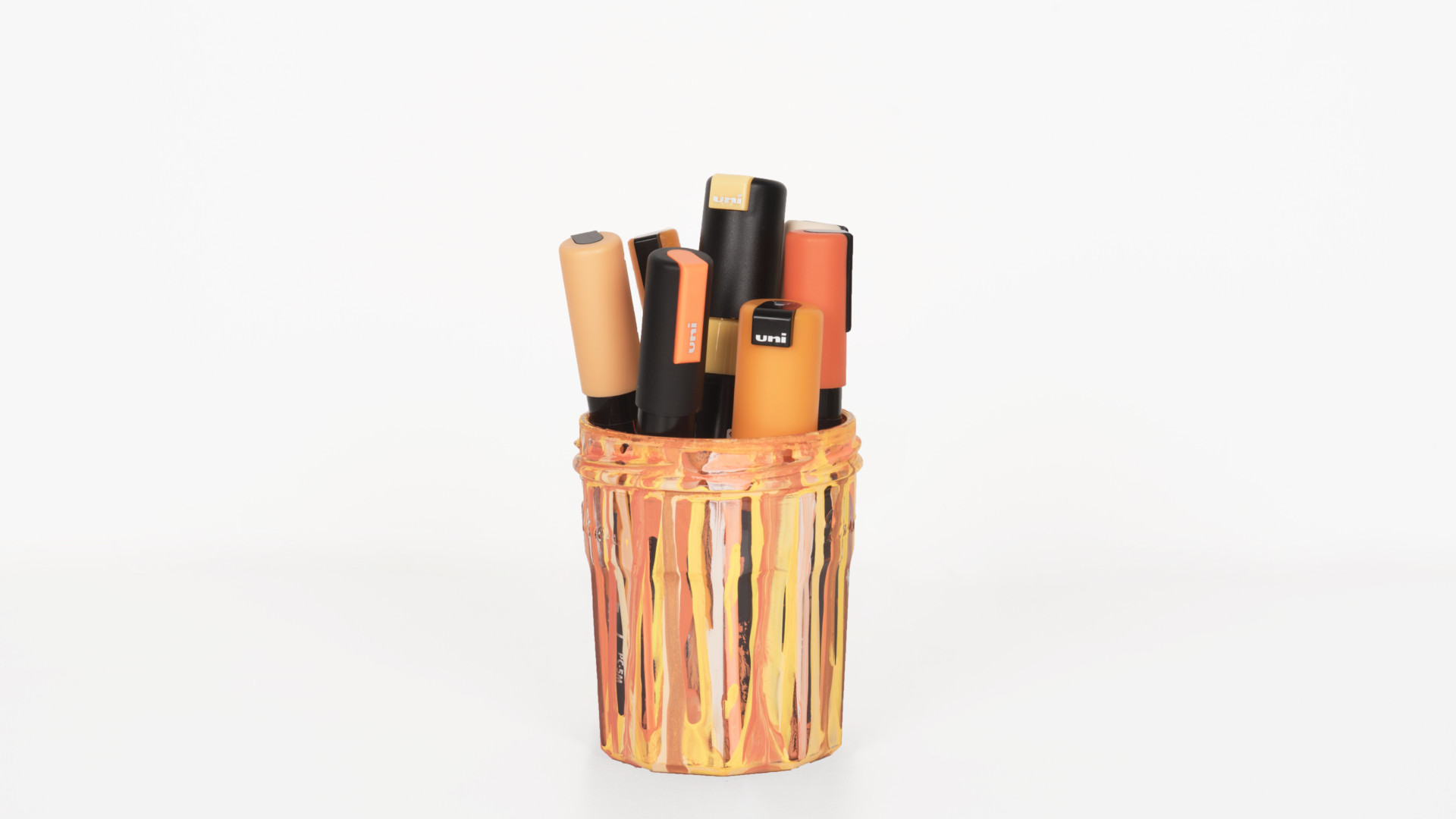
- Home / ORANGES
ORANGES
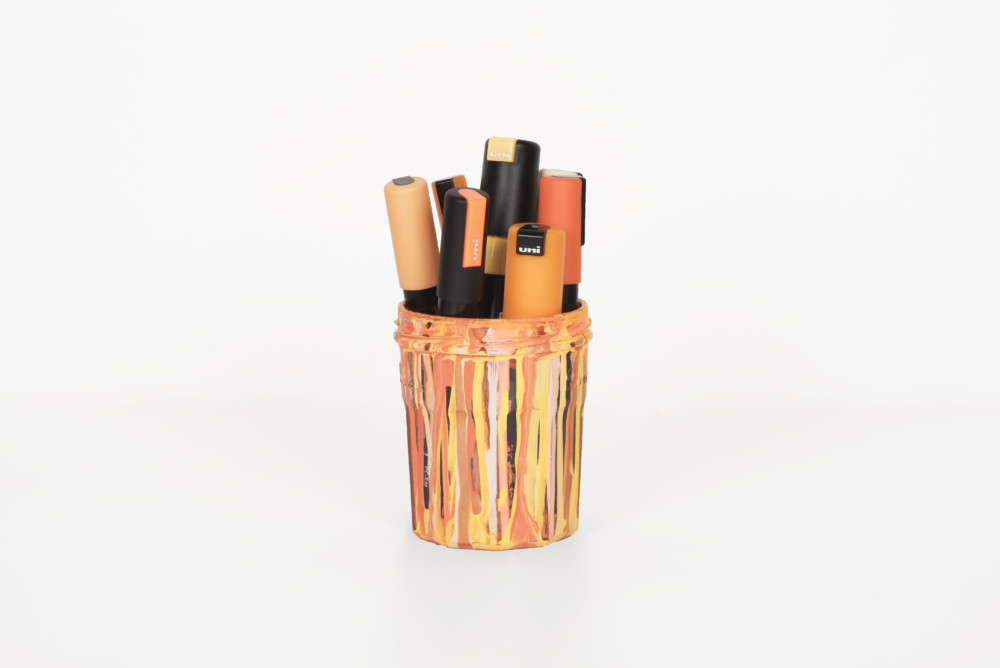
Orange is a tertiary colour. Its complementary colour is blue.
The colour orange represents the warmest section of the colour wheel, making it the warmest colour (yellow and red being considered transitional zones to switch to the cool colours). Orange is therefore frequently used to represent heat or fire.
Orange is a colour that is exists in abundance in nature, especially in fruits and vegetables. Among its different shades, we find bronze, tangerine, greyish gold, bisque, etc.
According to the subtractive system defined by physics, orange is obtained by mixing yellow and magenta. According to the more pictorial approach of the additive system, mixing red and yellow is how it is obtained.
In the Middle Ages, lead oxide (red lead) was used to produce mineral orange. The latter was however very difficult to use because it deteriorates when exposed to air. With the discovery of chrome in 1797 by Louis-Nicolas Vauquelin, orange pigments were more readily available to artists. Despite its high price, orange chrome was greatly appreciated by the artists William Turner and Van Gogh. Now, there are numerous chemical processes used to obtain cheaper orange pigments.
During the Renaissance and the Middle Ages, orange was a colour with a negative connotation. In the 20th century, it was the Hippy movement that brought it back in style.
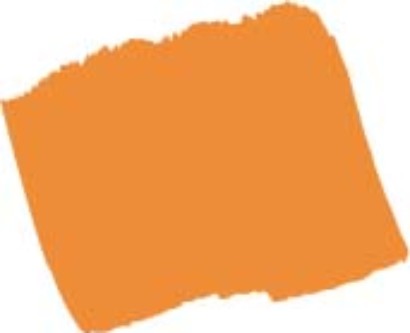
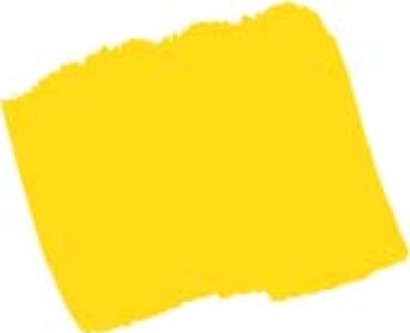
Pale fluorescent orange
Available in PC-8K tip.



















.png)























.png)




